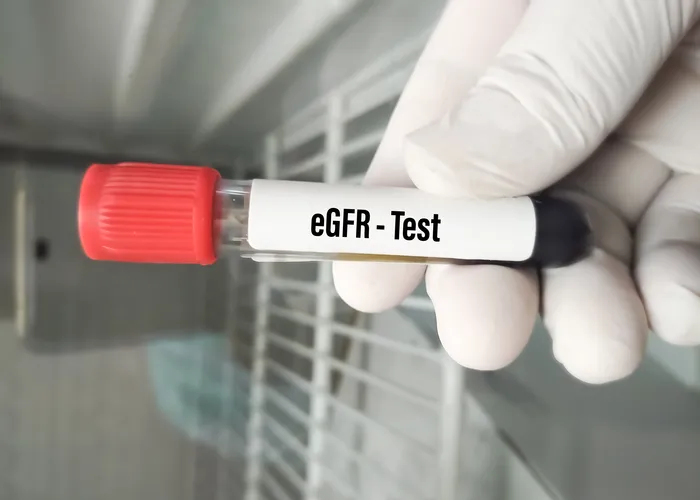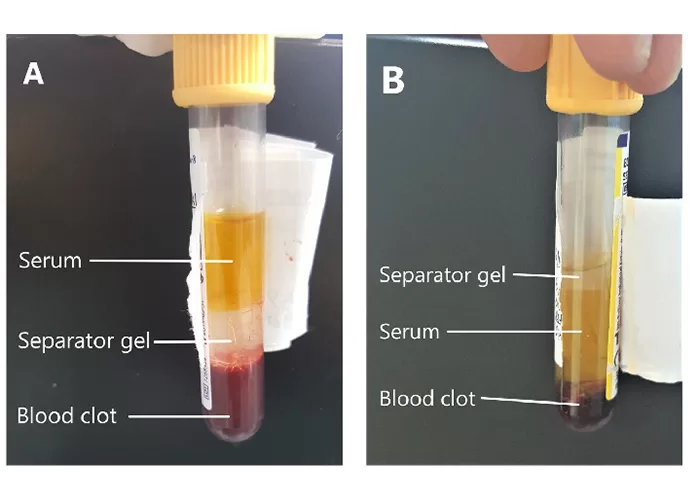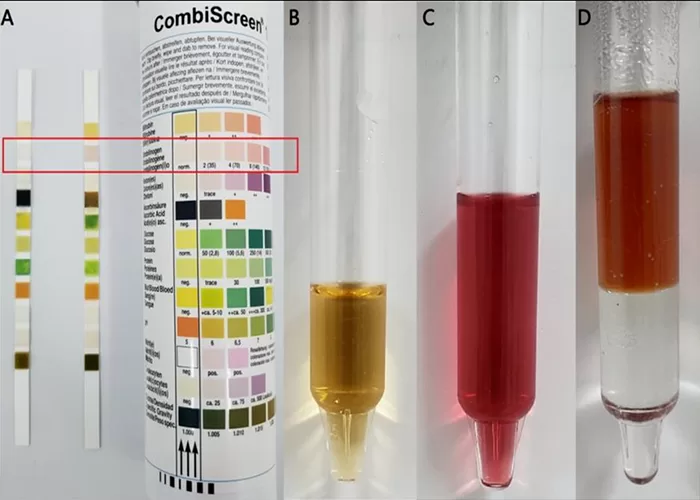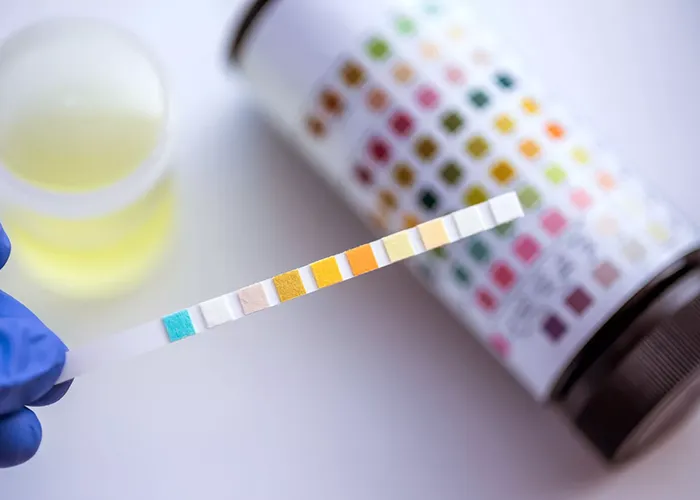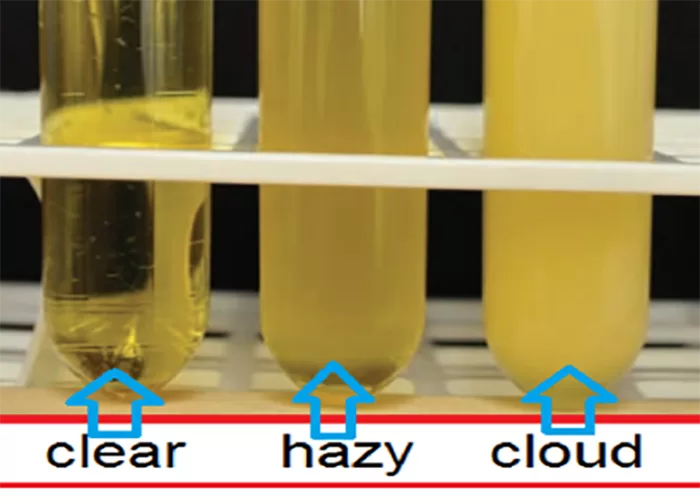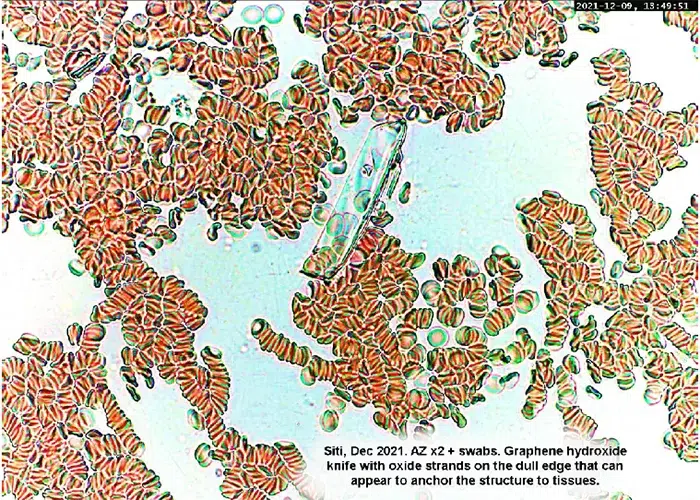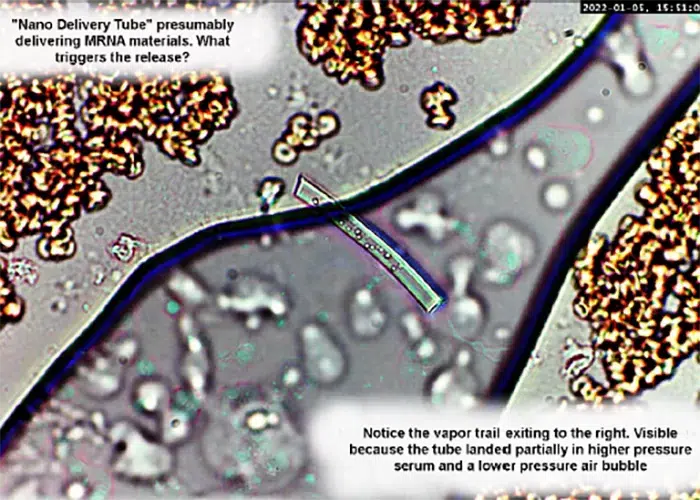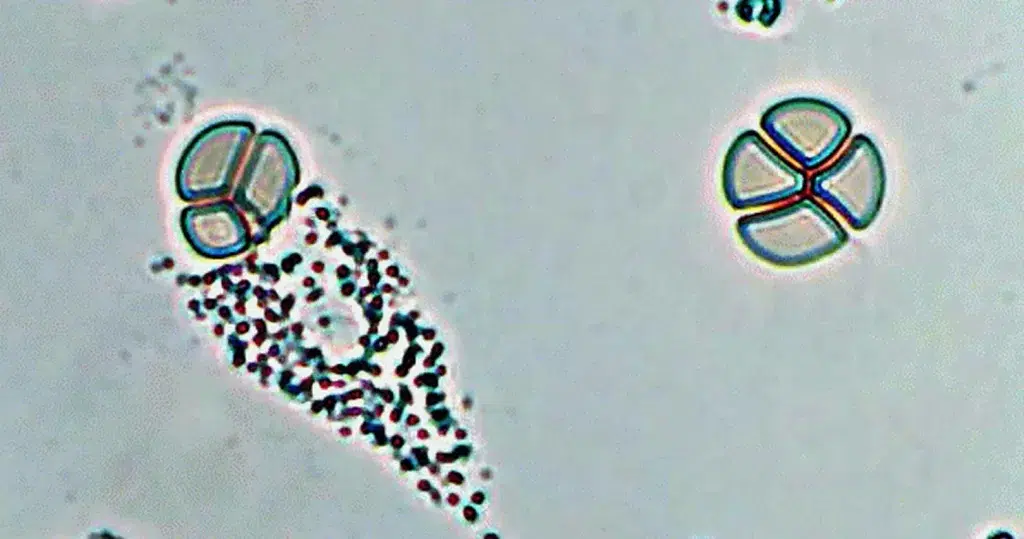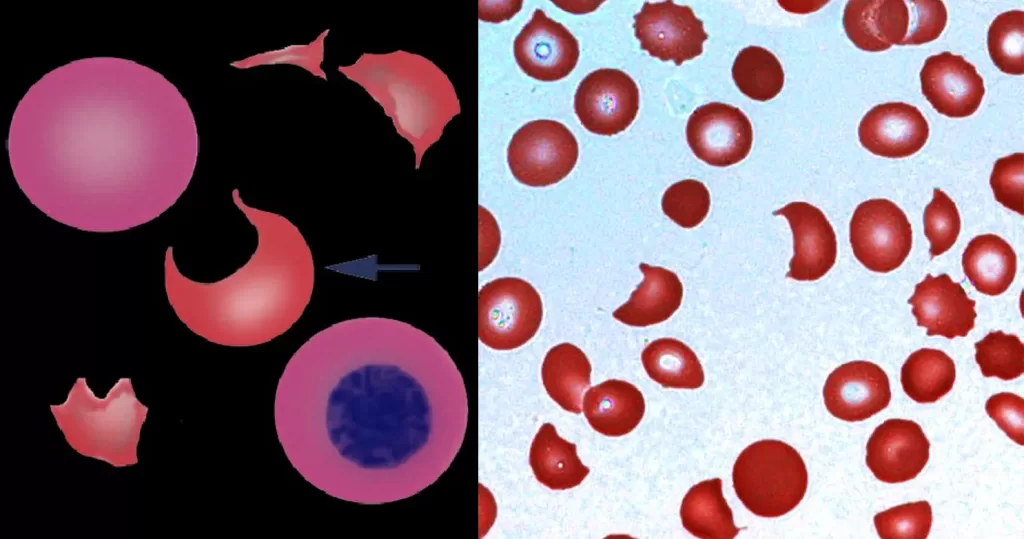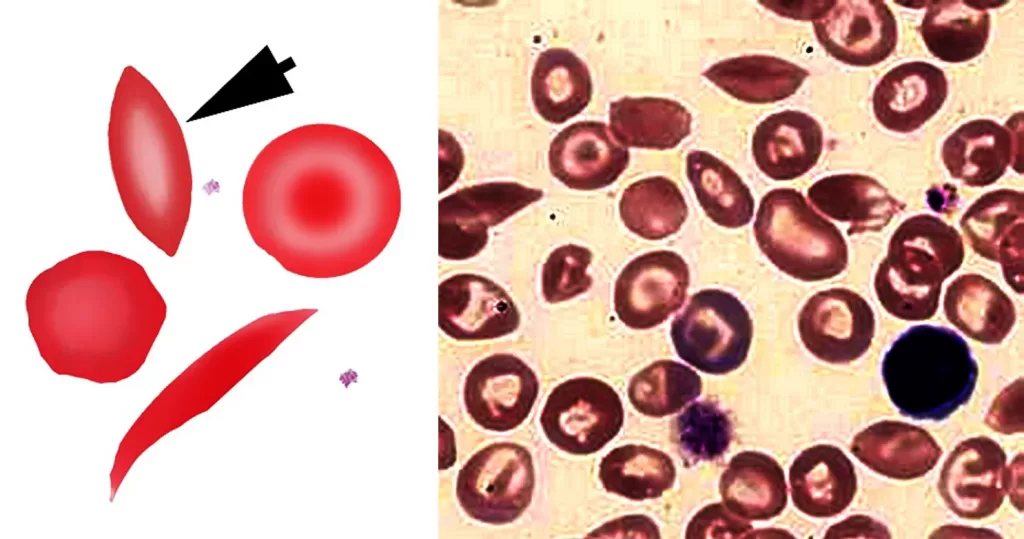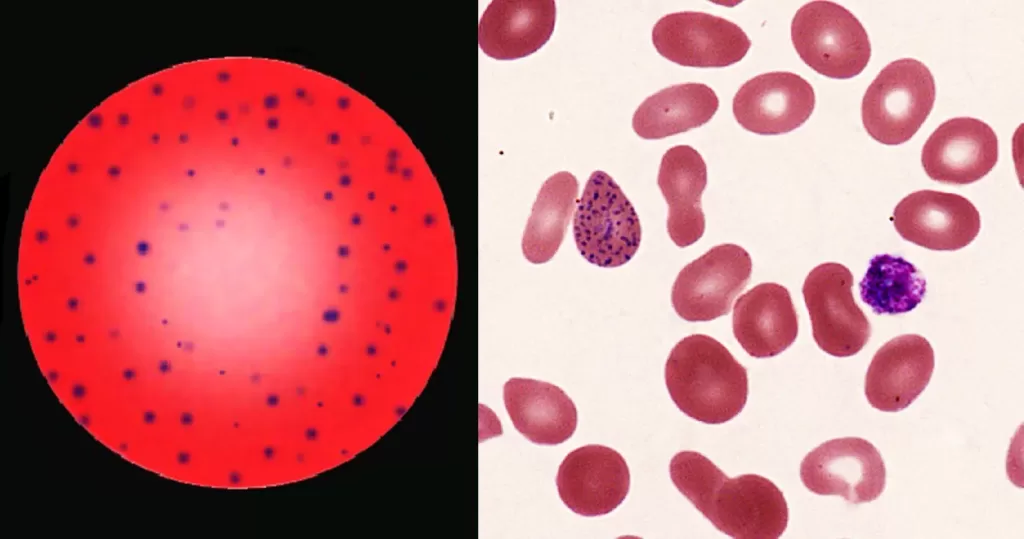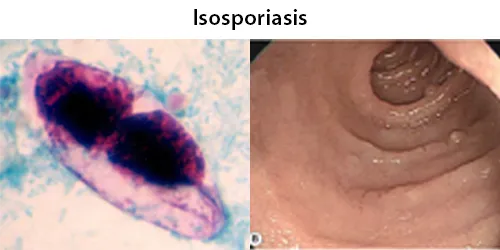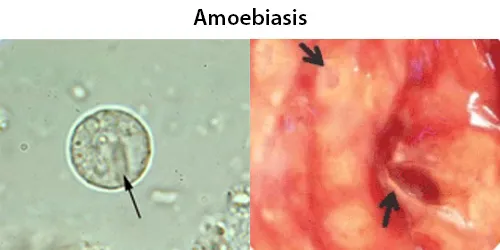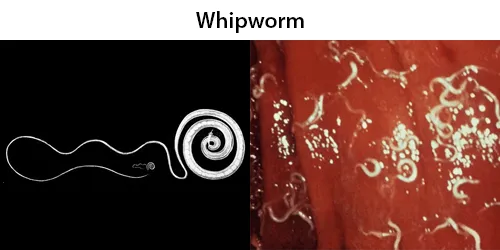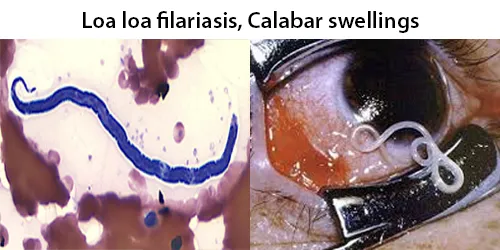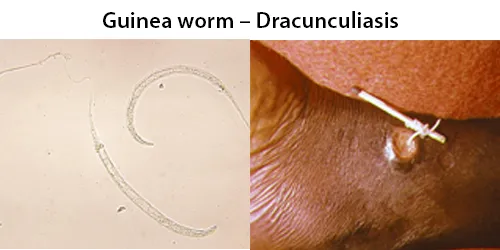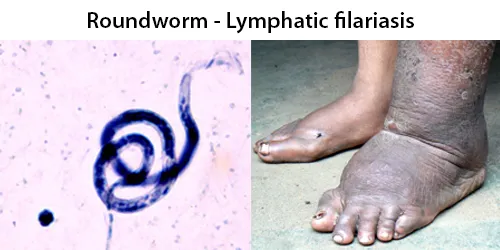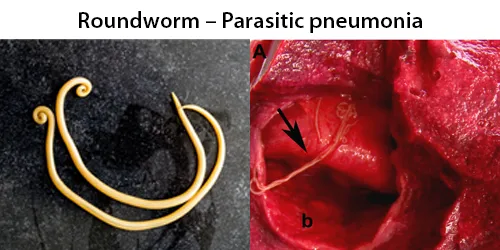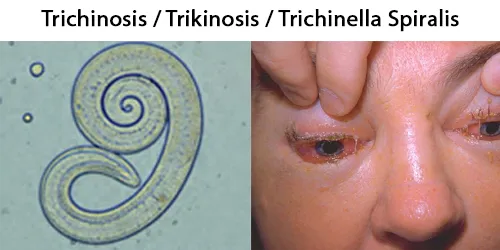Mercury in Fish Harms Immune System
The results from the fish-eating exposures could be relevant to other places, including those in the United States where people regularly eat fish with higher mercury levels.
The results show that immune system effects are not limited to those who are highly exposed through gold mining jobs, but also occur in adults who eat fish contaminated with higher levels of mercury. The nutrient selenium – with its long-debated role in immune function – offered no clear protection against the mercury induced changes.
The findings add more details of how mercury alters the immune system and specific antibodies in those exposed to the pollutant through diet. Whether these changes in the immune system lead to health problems is unknown.
What did they do?
Researchers measured methylmercury, selenium and different immune factors in more than 200 adults living next to the Tapaj’s River in the Brazilian Amazon. The residents in this region who do not work directly in gold mining are exposed to mercury mainly from eating fish.
Methylmercury and selenium were measured in the blood, hair and urine. Selenium was measured to see if it altered the immune response to mercury. Their concentrations were compared to levels of a variety of immune factors in the blood.
The scientists measured two immune system factors – known as autoantibodies – that fight the body’s own cells and indicate autoimmune diseases. They also measured eight cytokines, which circulate throughout the body and indicate inflammatory responses.
Personal information, health problems and job history were self-reported through questionnaires.
What did they find?
The scientists found a clear link between the types and amounts of autoantibodies and mercury levels in individuals who eat fish. Mercury exposure from eating fish was lower than exposure in gold miners. These immune responses were similar to those in previous studies of adults with higher mercury exposure from both gold mining and from eating contaminated fish.
The mercury levels measured in the blood in this study were similar to those found in the U.S. population, but the maximum levels recorded were generally higher. This is likely due to higher fish consumption rates and higher mercury concentrations in the Amazonian fish when compared to U.S. fish.
Subjects with elevated methylmercury exposure had elevated levels of one of the autoantibodies measured in their blood (ANA). However, there was no association with the other antibody (ANoA). Methylmercury exposure was also associated with changes in cytokine levels, but the type of change (increase or decrease) depended on the ANA response.
While selenium exposure was strongly related to methylmercury exposure, selenium had no effect on any of the immune responses measured. This was the case even at normal to high selenium exposure levels.
What does it mean?
Mercury exposure is linked to immune system changes in adults who eat fish from a river in Brazil that has a history of methylmercury pollution. These immune responses closely align with immune responses seen in the more highly-exposed gold miners from the same area near the Tapaj’s River in the Brazilian Amazon.
The results suggest that changes in immune system factors due to mercury are not limited to the more highly exposed gold miners, but also extend to adults who are mainly exposed to mercury from eating fish.
The study is part of a larger, longer research effort looking at mercury exposure and human health impacts in this region of Brazil.
Findings from this study add evidence to the growing body of research showing the effects of mercury on immune system factors, even in individuals with lower mercury exposure levels.
This study identifies details about the immune response and finds again that only one of the two antibodies measured – ANA – was linked to the mercury exposure. Mercury exposure triggered other immune responders called cytokines. No clear trends were seen as both pro- or anti-inflammatory types increased. These results may indicate that different individuals react differently to the exposures.
A puzzle for researchers is the relationship between mercury and selenium – another element found in in fish. Some studies suggest the selenium can counteract mercury’s toxic effects while other studies dispute that idea. In this study, selenium had no effect on either mercury or immune function.
Further research is necessary to examine the whether these immunological changes identified in this study can occur at lower levels of mercury exposure or can lead to toxic health effects.
Resources
-
- Bajek, F. Gold rush brings heavy cost to Peru’s environment. Associated Press. Sunday, June 26, 2011
-
- Gardner RM, Nyland JF, Silva IA, Ventura AM, de Souza JM, Silbergeld EK. 2010b. Mercury exposure, serum antinuclear/antinucleolar antibodies, and serum cytokine levels in mining populations in Amazonian Brasil: a cross-sectional study. Environmental Research 110(4):345-354.
- Passos, CJ and D Mergler. 2008. Human mercury exposure and adverse health effects in the Amazon: a review.
**********************
Mercury Vapor Released from Broken Compact Fluorescent Light Bulbs Can Exceed Safe Exposure Levels for Humans, Study Finds

Compact fluorescent light.
Once broken, a compact fluorescent light bulb continuously releases mercury vapor into the air for weeks to months, and the total amount can exceed safe human exposure levels in a poorly ventilated room, according to study results reported in Environmental Engineering Science, a peer-reviewed online only journal published monthly by Mary Ann Liebert, Inc.
The amount of liquid mercury (Hg) that leaches from a broken compact fluorescent lamp (CFL) is lower than the level allowed by the U.S. Environmental Protection Agency (EPA), so CFLs are not considered hazardous waste. However, Yadong Li and Li Jin, Jackson State University (Jackson, MS) report that the total amount of Hg vapor released from a broken CFL over time can be higher than the amount considered safe for human exposure. They document their findings in the article “Environmental Release of Mercury from Broken Compact Fluorescent Lamps.”
As people can readily inhale vapor-phase mercury, the authors suggest rapid removal of broken CFLs and adequate ventilation, as well as suitable packaging to minimize the risk of breakage of CFLs and to retain Hg vapor if they do break, thereby limiting human exposure.
Tests of eight different brands of CFLs and four different wattages revealed that Hg content varies significantly from brand to brand. To determine the amount of Hg released by a broken CFL, Li and Jin used standard procedures developed by the EPA to measure leaching of mercury in liquids and used an emission monitoring system to detect Hg vapor.
“This paper is a very nice holistic analysis of potential risks associated with mercury release from broken CFLs and points to potential human health threats that have not always been considered,” according to Domenico Grasso, PhD, Editor-in-Chief and Vice President for Research, Dean of the Graduate College, University of Vermont (Burlington).






















